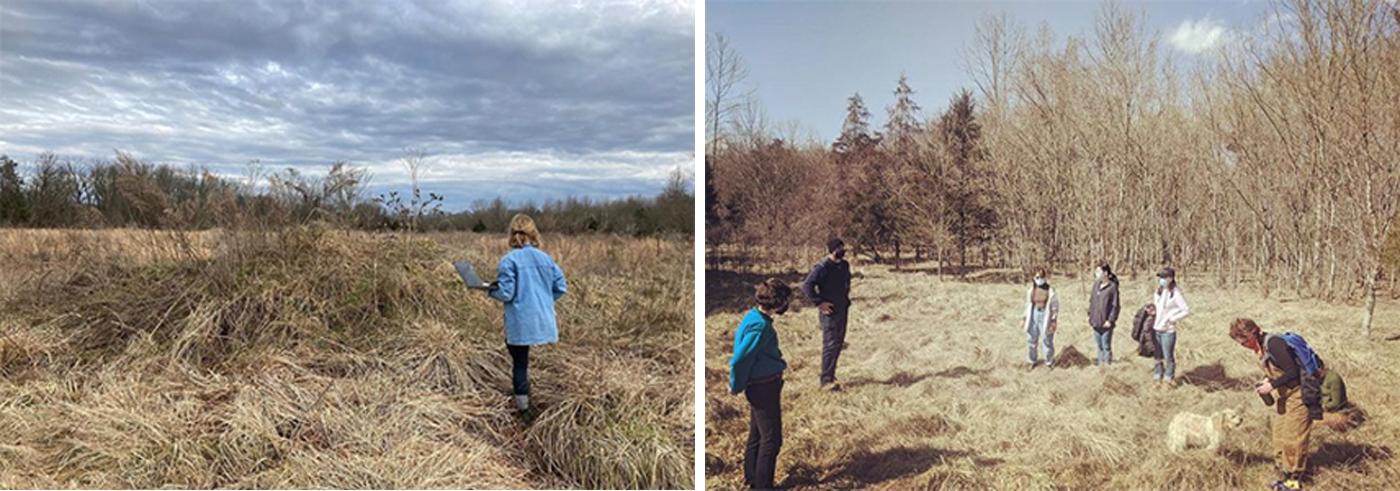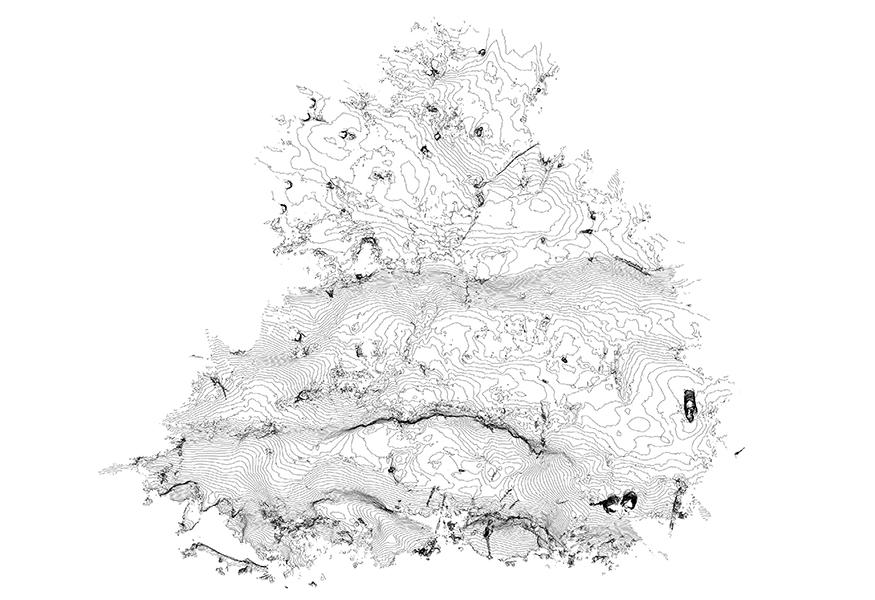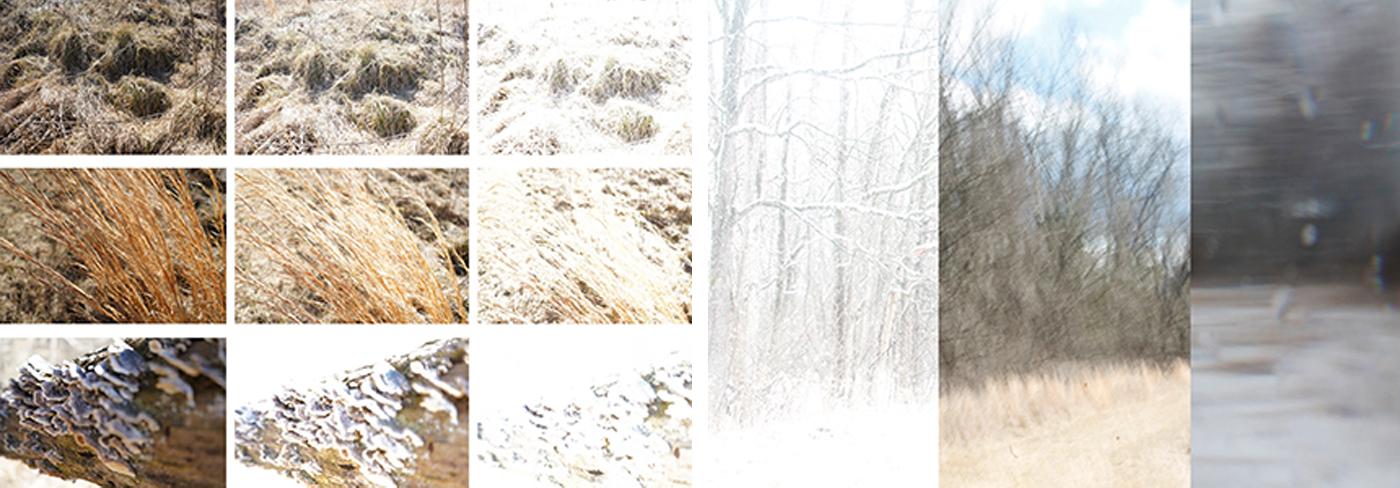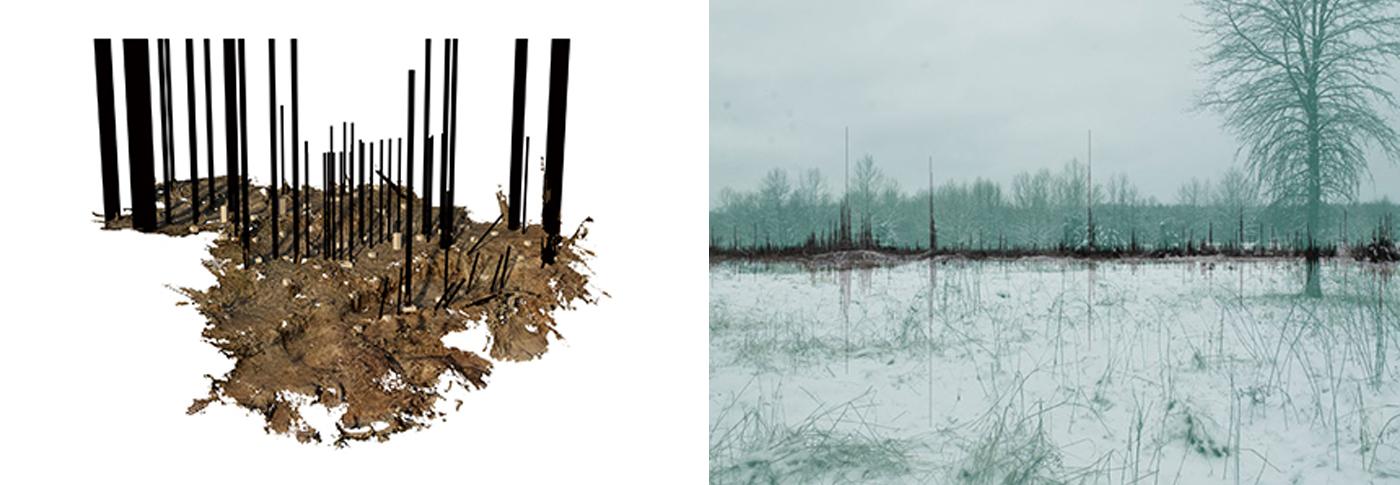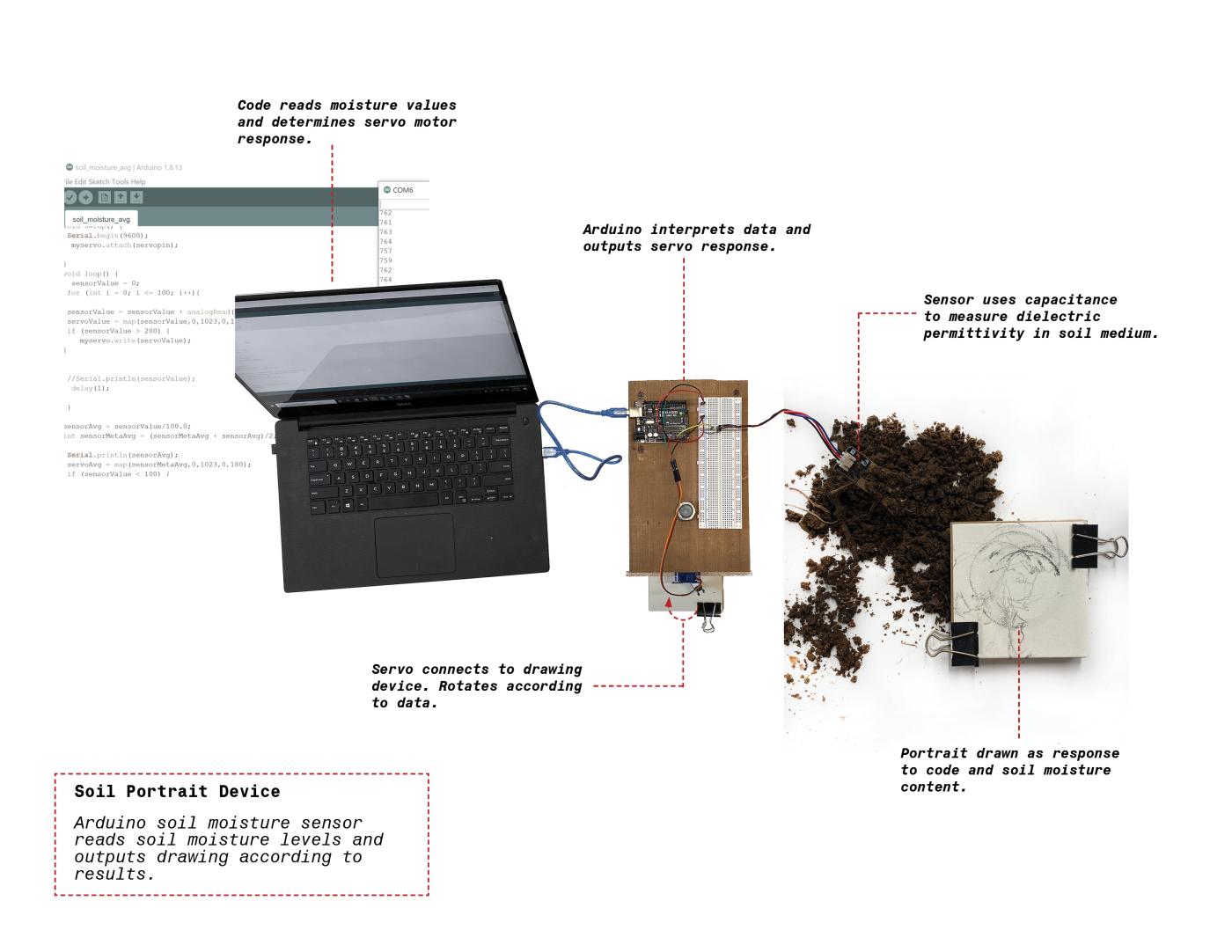MILTON LANDLAB
ABOUT THE LANDLAB
Milton LandLab is based at the 172-acre Milton Airfield, located about eight miles east of Campbell Hall, and a formerly operating airport owned by the University of Virginia. As a historically disturbed site (from its use as a WWII airstrip to its present utilization by the Rivanna Radio Control Club's model airplane runway), with frontage along the Rivanna River, forested in parts, meadowed in others, Milton Airfield provides a site for extended study, large-scale intervention, and intimate engagement with landscape media. As a University asset, Milton Airfield is a shared space for learning and experimentation — it offers a unique place for the UVA School of Architecture's students and faculty to engage in innovative research and teaching in landscape design — a place and facility to experiment with landscape forms and processes rigorously on-site and over time.
Driven by the need to work at very large scales, with time, and out in the landscape, Milton LandLab is a place where students, working collaboratively with each other and with faculty, can benefit from one-to-one engagement with materials, plant forms, time, tools, and processes of design, installation and maintenance. Defined as a space for experimentation, observation, practice, disturbance and site maintenance, Milton LandLab enriches design education and the field of landscape architecture through its innovative and forward-oriented approach — focused on questions about aesthetics, performance, phenology, vegetation, hydrology, wildlife and more, related to landscape design and research.
Milton LandLab Website
PROJECTS AT MILTON LANDLAB:
FA20: INDEPENDENT STUDY
Fall 2020 projects at Milton LandLab were conducted out of an independent study and were designed and executed entirely by students: Hannah Brown (MLA, '22) Reid Farnsworth (MLA, '21) Rebecca Hinch (MLA, '21) Lizzie Needham (MLA, '21) Theodore Teichman (MLA, '22)

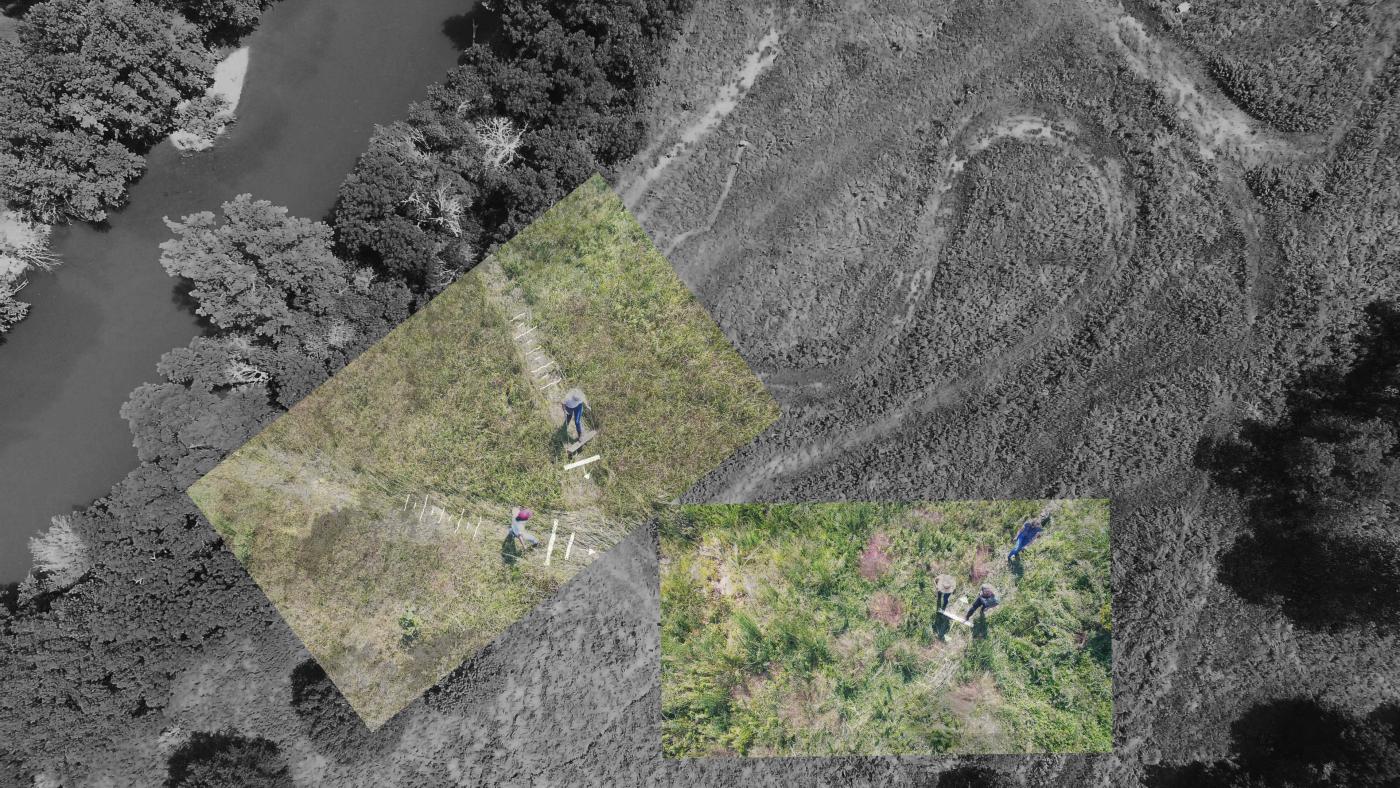
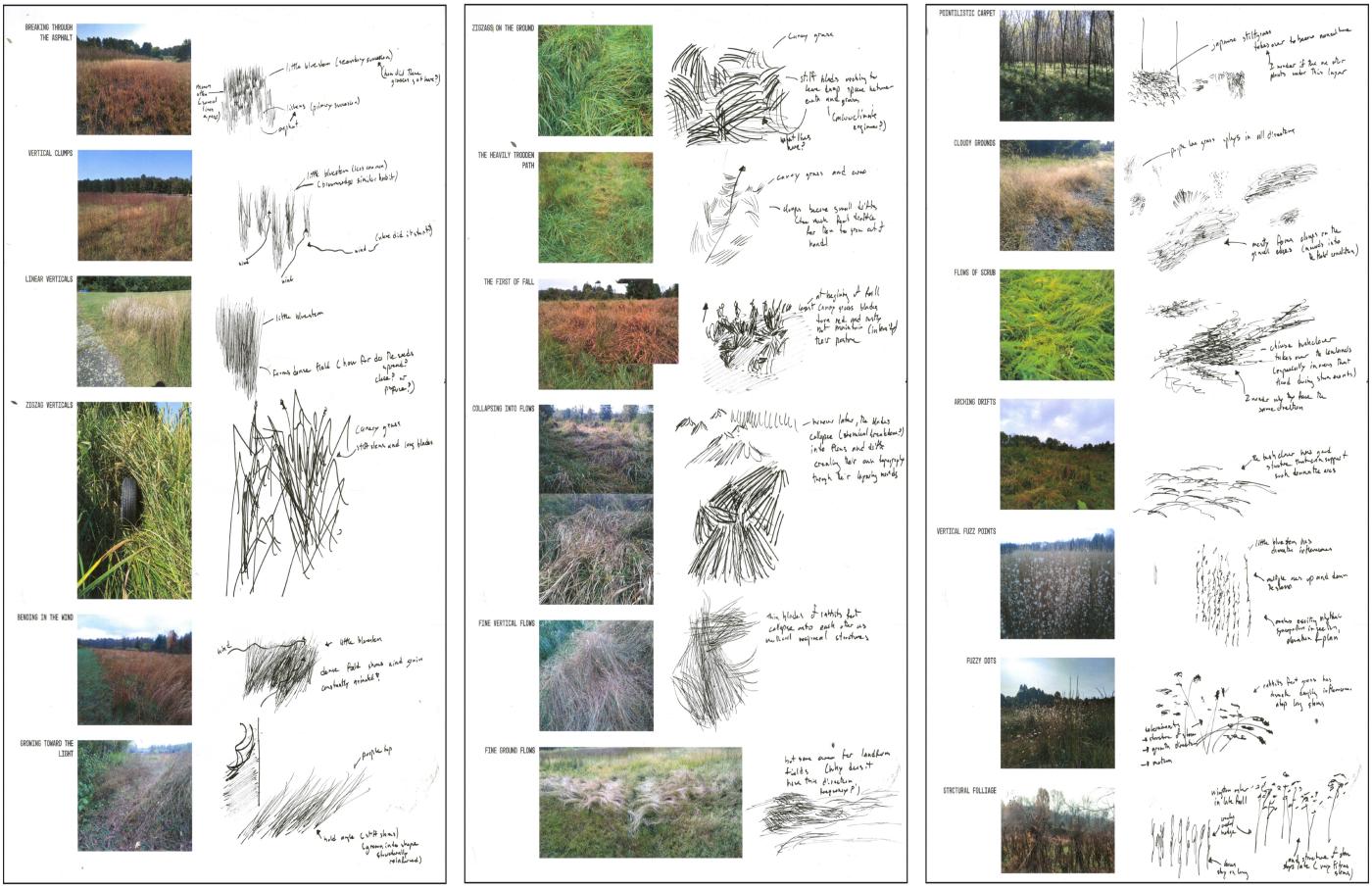
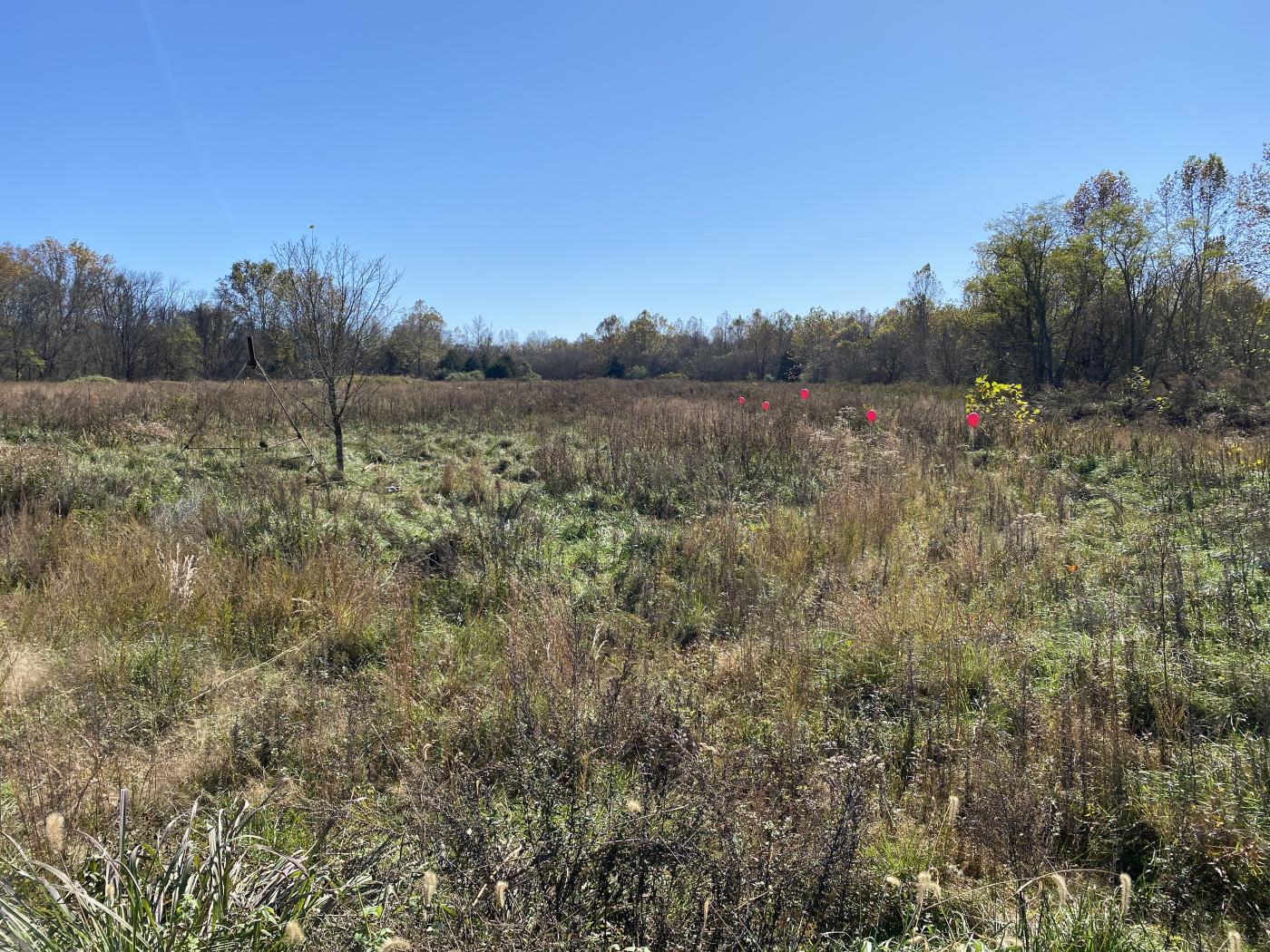
Faculty Advisors —
Bradley Cantrell, Professor and Landscape Architecture Department Chair
Brian Davis, Associate Professor of Landscape Architecture
Michael Luegering, Assistant Professor of Landscape Architecture
Learn more about Fa20 Milton LandLab's work and process
SP21: ALAR 8020 — MILTON LANDLAB RESEARCH STUDIO
In spring 2021, Assistant Professor Matthew Seibert (with SIA Theodore Teichman, MLA '22) is teaching an advanced research studio — A Mesocosm for Ways of Knowing through Situated Making. This Milton LandLab studio argues that world-building occurs through knowing and making, intimately situated within a specific landscape over extended time. The studio proposes the close examination of Milton Airfield, a 172 acre site of scalar significance, through student-led design research at 1:1 scale. Understood as a mesocosm, Milton provides a site for students to meaningfully engage with the dynamic media of landscape: earth, vegetation, hydrology, light, microclimate, wildlife, and socio-cultural sense of place.
